This week, my guest is Tiffany Horn, the heart and soul behind Village Bound Quilts. Tiffany is the owner, designer and maker behind the business, which is getting ready for a major launch later this month. As part of the shop’s launch, Tiffany’s first pattern, Haver Square, is officially set to be released on February 26th. Tiffany started Village Bound Quilts as a way to grow her connection with the quilting community. She offers free tutorials, quilting resources, a newsletter, and patterns for sewists of all experience levels. Tiffany has been a creator and artist all her life through music, dance and now textile arts. Influenced by mid-century modern design, her work has a crisp and fresh feel with a nod to vintage. Tiffany is a member of the Modern Quilt Guild and has been published in Curated Quilts Issue 01. She lives in upstate New York with her husband, their son, and dog, Lemon. Welcome, Tiffany!
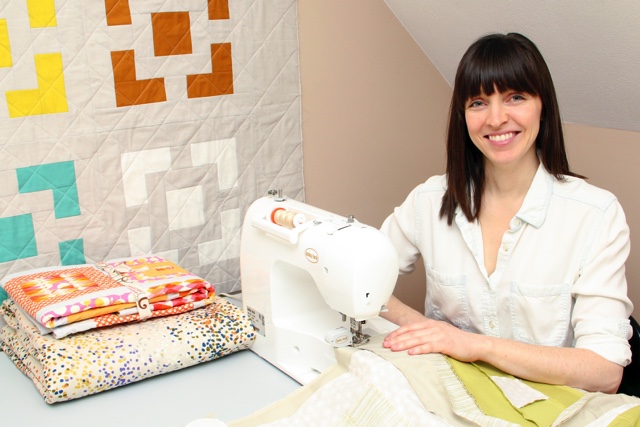 How would you describe your quilting style/aesthetic?
How would you describe your quilting style/aesthetic?
Tiffany: Crisp & modern with a vintage vibe. I definitely favor big, striking designs, straight lines and a limited color palette. I love working in shades of blue and in earthy tones. My work (and my aesthetic) are heavily influenced by my love of mid-century modern design. And I’ll never tire of a good HST or eight-pointed quilt star (Missouri, Ohio, Hope, Sawtooth – I can’t get enough!).
How would you describe the creative environment in your home as a child?
Tiffany: I don’t remember a time in my childhood that I wasn’t working on a craft project or creating in some way, and that’s mostly because my parents enabled it; they almost always said ‘yes’ to any arts that I wanted to be involved in. Both of my grandmothers were creative. One was constantly dabbling with knitting, crochet, embroidery, paints, wood carving and more, and included me in many of those. The other, a gardener, sewist and quilter, who lived far away but first taught me to quilt on her 1940’s Singer – I think I was about 8. They must be where I get my innate drive to create. I would often pick up little projects like latchhooking, cross stitching, paint-by-numbers, decoupage, scrapbooking, etc. I played the flute for five years. I danced from about age 5 through to my 20’s, performing and competing nationally for most of that time. I taught dance for many years as well. Then in 2011 I got a sewing machine, made my first quilt in 2012, and I knew instantly what my new favorite creative hobby was. Creativity has been a huge part of my identity – I wouldn’t know how to describe myself without including the arts.
What artists and makers do you most admire or have an influence on your work?
Tiffany: I’ve found that my inspirations are pretty seasonal – what I like in the summer, I may not like in the winter. So I’m regularly adding and dropping various artists from my Instagram feed (where I like to do a lot of my artistic browsing). But if I narrowed it down to just three artists/inspiring feeds that I consistently enjoy following, they are Carrie Shryock, Accidentally Wes Anderson and Design Seeds. The colors, shapes and textures of each of these are perennial for me – I love going back and looking at them over and over again for inspiration. I’m also enamored with all things mid-century, from dishware to architecture and all of the furnishings in between. Those are always a source of inspiration for me. (My Haver Square quilt, releasing soon, was inspired by a favorite breeze block that was popular in the 1950s and 60s).
There are so many quilters whose work I admire and each for their own reasons, I could start but I wouldn’t know where to end!
What I really love about quilting is the ability to change styles easily, which appeals to my indecisive/seasonal nature. Just by choosing a new color palette the same design can look totally different. And the flexibility of the medium [quilting] allows me to precisely measure, cut and sew solid neutrals one day, and haphazardly piece random scrappy patterned fabric the next. I can practice the same habit and yield completely different results. That’s very fulfilling.
Do you consider yourself a “quilter”, an artist, or some combination of both?
Tiffany: Definitely both. When I’m making quilts, I feel like a quilter: measuring, cutting, rearranging, sewing – it’s usually a very meticulous and non-artistic process for me. But before I make a quilt, when I’m sketching designs or having flashes of inspiration, or after I make a quilt, when I’m reflecting on all of the time and energy I put into making a functional, usable work of art, that’s when I feel like an artist.
How would you define “making with intention”?
Tiffany: If there’s an actual movement ‘making with intention,’ I don’t know about it! But I addressed this idea a bit in my first newsletter of the year. While I don’t do a traditional New Year’s resolution, and I don’t have a specific word of the year or list of SMART goals (Specific, Measurable, Actionable, Relevant, Time limited), I do have a plan to do more this year than last. For me, that means more than just logging sewing hours or making more WIPs – it means more planning my sewing sessions and using my time wisely. It’s letting go of the FOMO (fear of missing out), because making myself feel bad for not doing something or for overcommitting my time is fruitless. It’s more intentional sewing – choosing to work on projects that challenge, inspire or add value in some way.
I actually just came across this quote a couple of days ago and it’s appropriate here (from The Minimalists), “Intentionality requires more work, more deliberate action, but that’s where all the reward is – an intentional life always tastes best.” And I’m finding this year, so far, that making with intention tastes best too.
How does creating feed your soul/spiritual purpose?
Tiffany: Like I mentioned earlier, creating is a huge part of my identity. Quilting is something that is only for me. It’s my time to explore ideas and zone out of my real world worries and responsibilities. Even though my work may not have any deep-rooted meaning behind it – no great self-reflection or compelling thought or beautiful inspiration – even if it’s just cutting fabric and sewing in back together because it looks pretty, it’s a practice that is mine alone. Not to sound dramatic, but sometimes it feels like a long exhale after days of limited shallow breathing. It truly is a form of meditation and therapy for me.
Are there any rituals that you perform to prepare/ground yourself in your work?
Tiffany: I’m home with my nearly-preschooler all day, so my ritual only goes so far as to get as much done as I can whenever I can in between sessions of Legos, puzzles, reading, painting and playing. Some days I get a lot more work done than others. I have found that when I sew early in the morning it’s best for both of us – while he’s deep in imagination land, so am I – it’s a good exercise in parallel play.
What is the support system you have in place for creating your work?
Tiffany: My husband has been my biggest supporter in my quilting journey. (He’s the one who bought me my first, and still my only, sewing machine.) Whenever I’m feeling doubtful or just want a second opinion, he’s always willing to listen and weigh in. In fact, he’s the one who encouraged me to take on this interview! He even suggested that we rearrange the bedrooms in our home so that we take on a smaller bedroom so that I could have a larger quilting/crafting space. I’m still setting up the new studio, but the extra space has been amazing!
My son (barely 4) is also surprisingly supportive – he’s always asking if each quilt I’m making is for him! He likes to ‘help’ me sew periodically (he sits on my lap and helps remove pins or press the needle up/down or backstitch buttons for me), and he reminds me to take breaks, which is just as supportive as any part of the making process.
I’d also be remiss if I didn’t mention how the general wonderfulness and supportive nature of the online quilting community is fantastic. I’ve been lucky enough to connect with a few wonderful quilters through social media whom I now consider great friends! Having a network of people that you can relate with on a personal and professional level is invaluable.
How do you deal with comparison to / envy of others? Can you describe a time when you used comparison/envy/admiration to push yourself in your own work and self-discovery?
Tiffany: This is something I struggle with regularly. As great as social media is for connecting with other quilters and seeking to deepen your knowledge or broaden your craft, it’s so easy to get consumed with envy and inspiration overload. I find envy easier to deal with than comparison – is it the fabric? The design? The success the maker seems to be having? If I can narrow down why I’m feeling envious, I can decide how to address it – get the fabric, make the pattern, reach out to ask questions about how they are achieving success, etc.
Comparison is a bit trickier for me to deal with. I regularly find myself struggling with Impostor Syndrome. My inner voice of judgement is questioning if my designs are good enough, photos are handsome enough or my inspirations are deep and meaningful enough for me to be worthy of [insert achievement here]. From this my husband reminds me 1 of 2 things: (1) everyone else is full of s*** or (2) who cares? Who cares if they were inspired by their Guru to go on a 15-day introspective discovery and came out with a line of work reflecting all of their blah blah blah… Who cares if they won an award or teach a zillion classes or put out a new pattern every month?
So my best advice to myself is: be yourself, do good work, share it with others, and whatever happens will happen in time. If it makes me feel good, that’s what matters most. This is my craft, it’s intrinsic and it doesn’t deserve to be repressed by imagined phantoms.
What was the most challenging thing you ever made?
Tiffany: My #threegenerationsofwork quilt was surprisingly challenging to make. Although simple in structure, it was difficult in execution and it took me about 5 years to finish. I thought it was lack of motivation or lack of time, but after I finished it was when I realized that it was my fear of not being good enough. It’s made of old sweatshirts which had been hand-embroidered with yarn by my grandmother (living) and her mother (deceased) in the 1980s and 90s. I machine pieced them together to make the top and originally planned to machine quilt it. After a bad experience trying to quilt it (my little domestic machine did NOT like the heavyweight cotton, batting and flannel backing) I decided to hand quilt it in homage to their handwork, and I’m so glad I did! My grandmother is a spritely woman who is always quick-witted but never very emotional. My parents delivered it to her in person, while I was on the phone 2000+ miles away, “oh Tiff,” she said to me tearing up, “well, aren’t we clever?” and I knew I’d done alright.
What does it mean to you to work in a traditionally domestic medium that historically has been regarded as predominantly female (aka “women’s work”)?
Tiffany: This is such an interesting question — I have a quite a few thoughts on this, but I’ll try to keep it brief.
It makes me equal parts proud and disappointed to work in a medium dominated by strong, resourceful, artistic women whose talents are consistently devalued and disregarded as “women’s work”. The societal predisposition that quilts are tacky yet whimsical blankets that only peoples’ grandmas make needs addressing. Breaking the stereotype that quilts are only made by women starts from within the industry. How can we [quilters of all demographics, inherited or otherwise] expect the general public to have a change in perspective without us educating them?
Yes, quilting is utilitarian, but it’s also artistic, meditative, experiential. It has value and worth. It has deep history and, if we support it, a bright future.
How do you see your current work in the context of quilting history?
Tiffany: To even consider my work as part of quilting history would be arrogant, or perhaps less harshly, it would be discussing myself in an extremely disproportionate relationship with reality. Though of course I hope to someday make a dent in the universe, right now I make quilts because it makes me happy to make beautiful, useful objects that can be generously loved. Not because I think they are worthy of being preserved as historic but because if I can create something that can be handed down through generations, I can feel accomplished and proud knowing that instead of warming just one person, maybe I warmed two or three.
Thank you, Tiffany! We will be waiting with anticipation for your first pattern to launch on February 26th! To learn more about Tiffany, visit her website Village Bound Quilts or connect with her on Instagram, Facebook and Pinterest. And you can sign up for Tiffany’s weekly newsletter here!
Would you like to be featured in The Creativity Project? Reach out! I’d love to hear from you! Contact me at lelandavestudios@gmail.com. Want to participate, but not necessarily be featured? You can do that! Click here to take the survey!
The Creativity Project can be found on Instagram, Pinterest, Twitter or Bloglovin’. Or check back here every Friday of 2018!
4 Comments
Comments are closed.

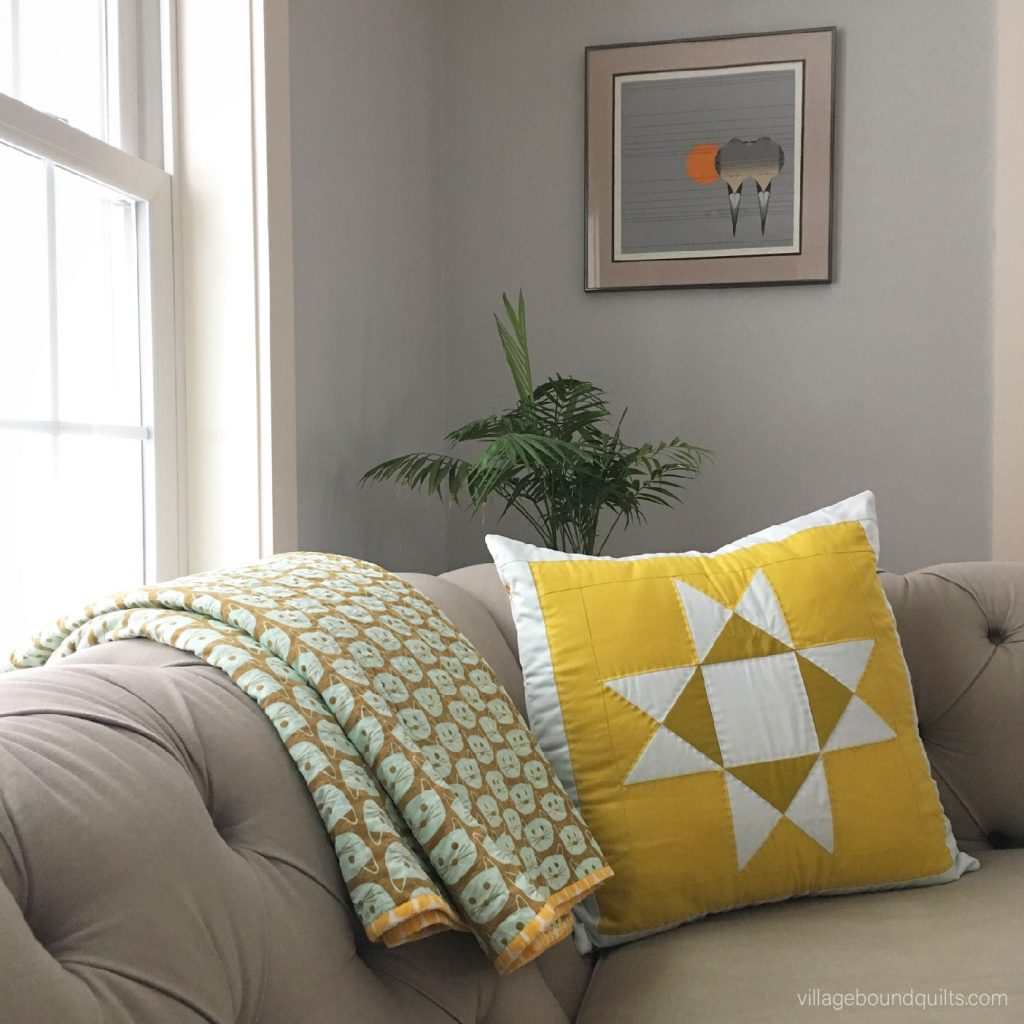
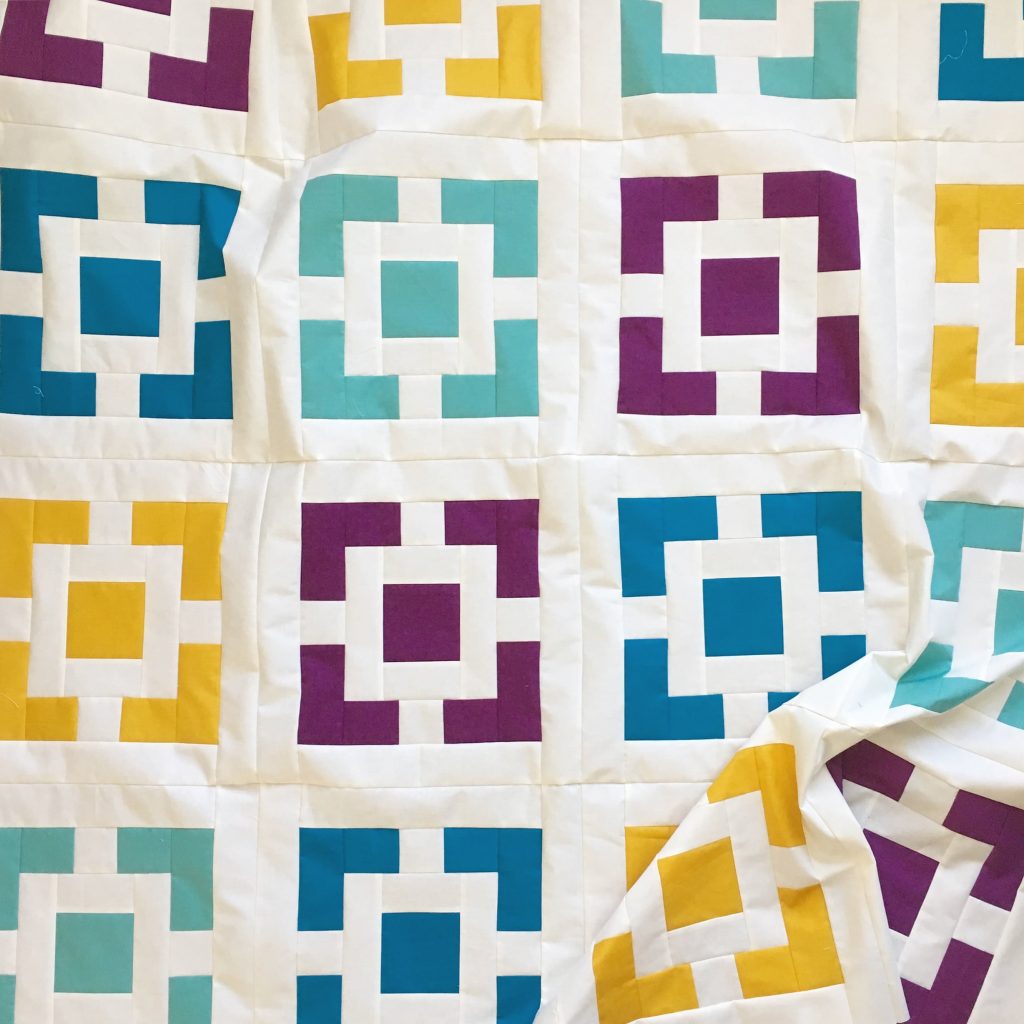
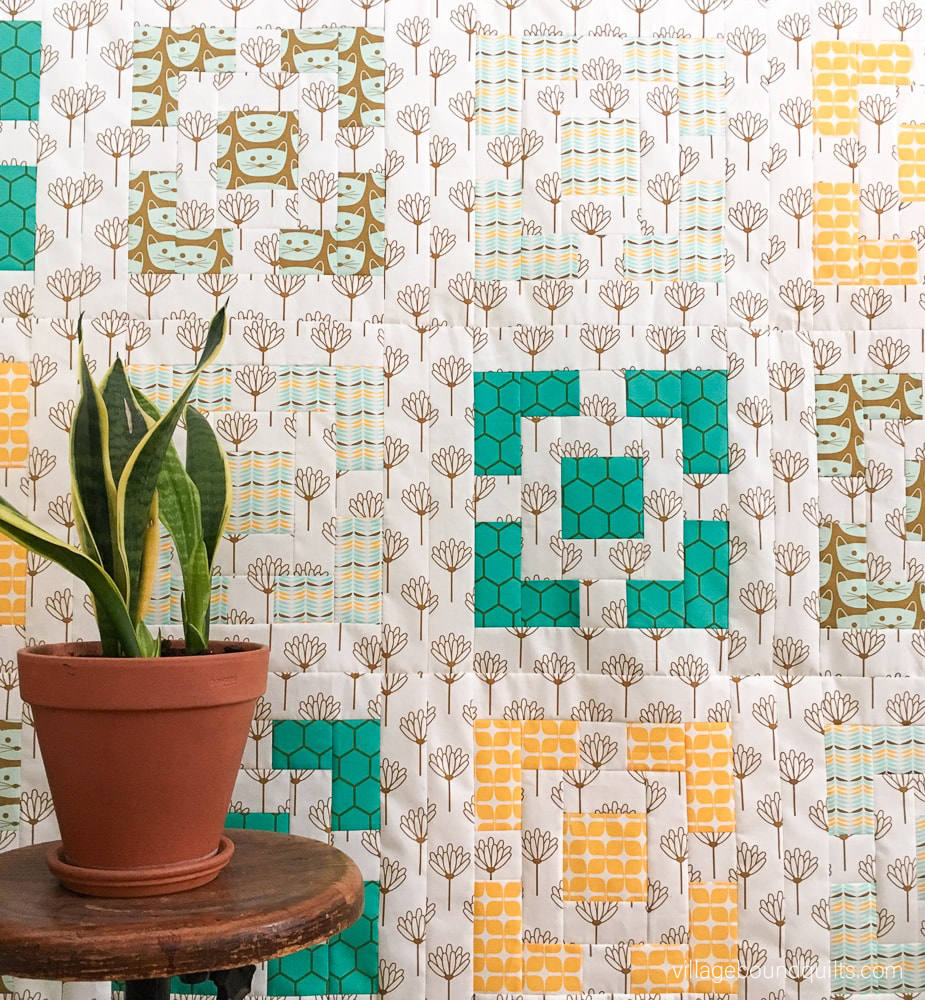
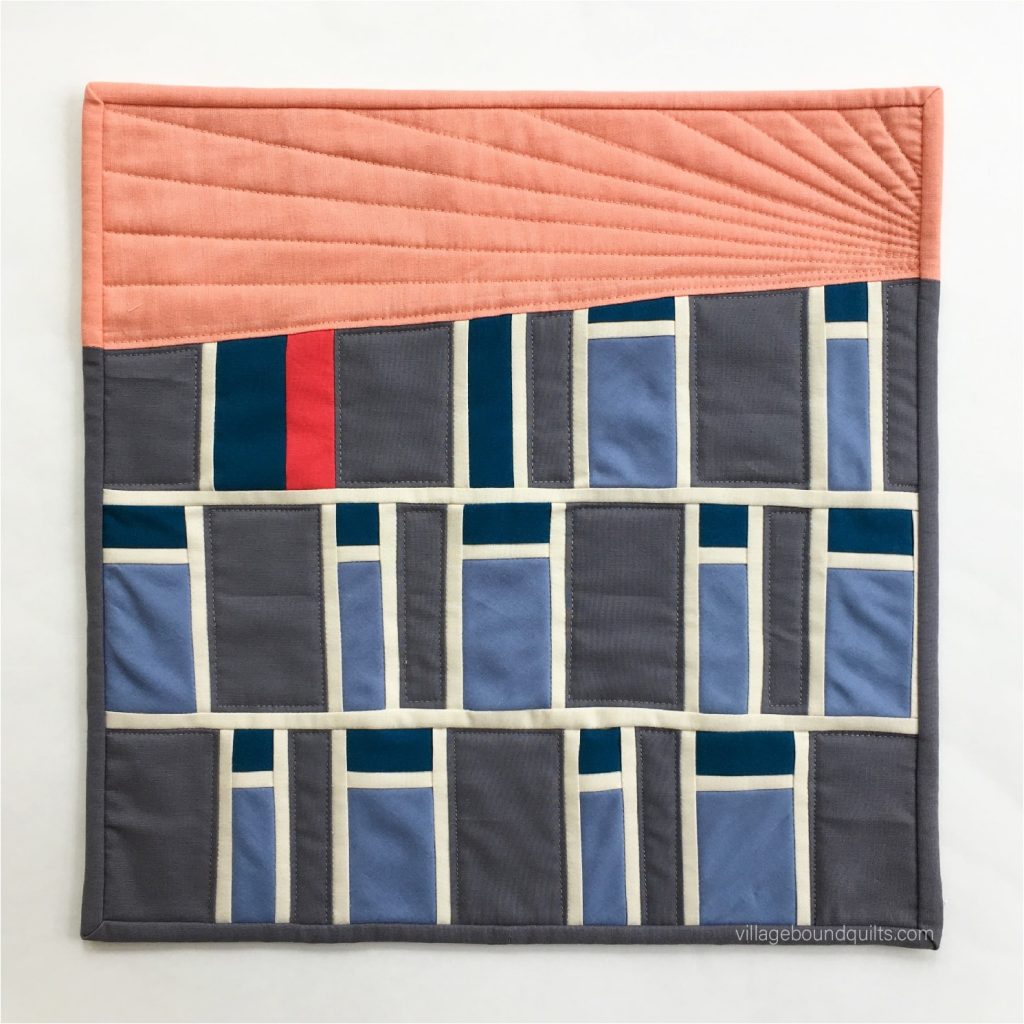
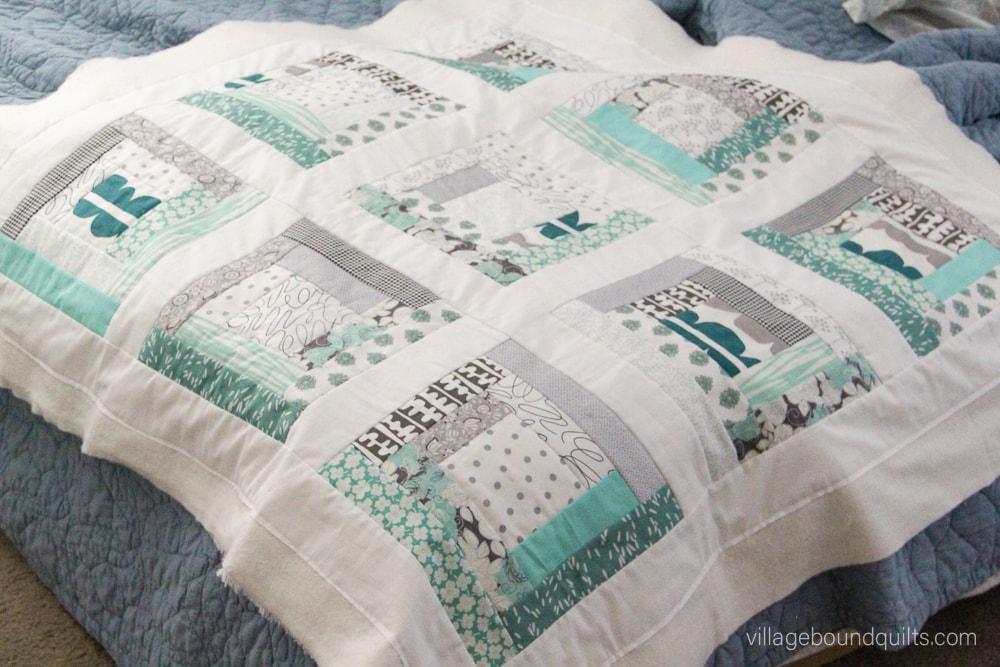
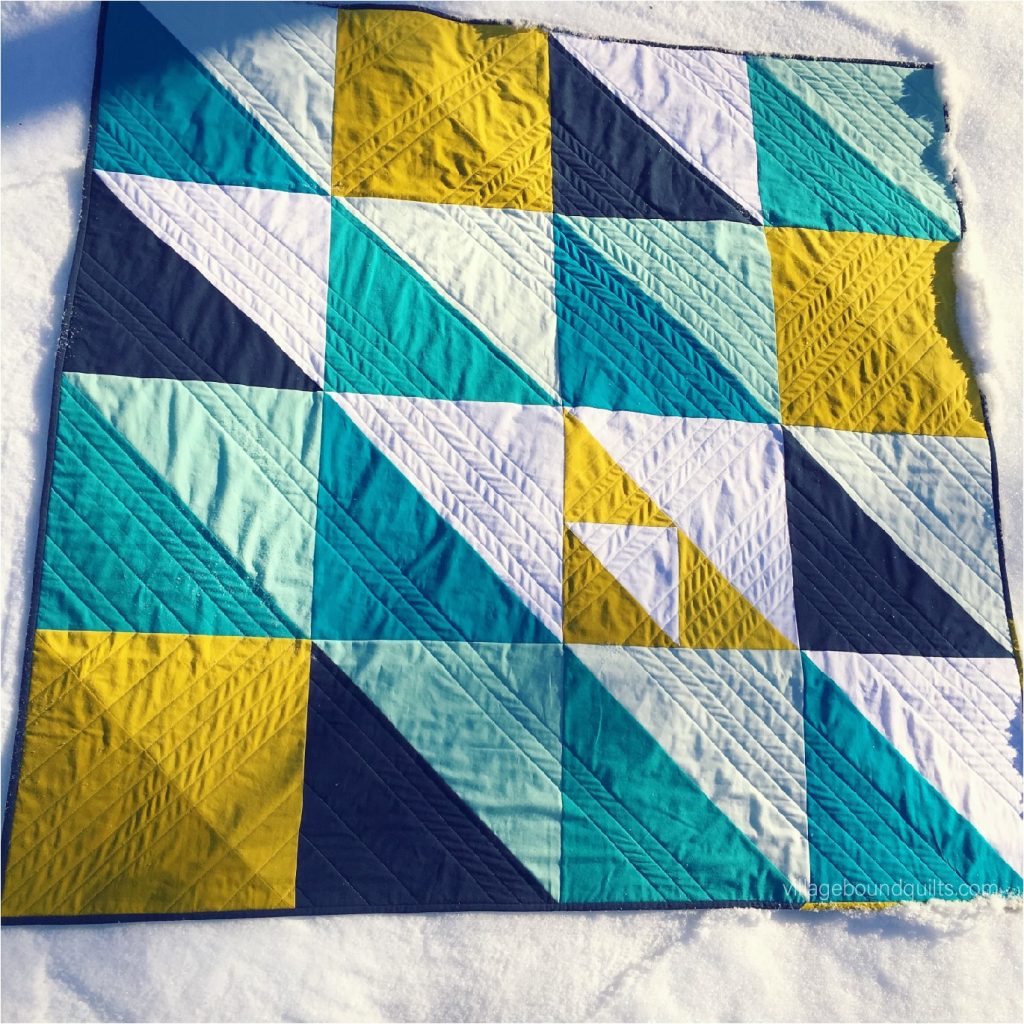
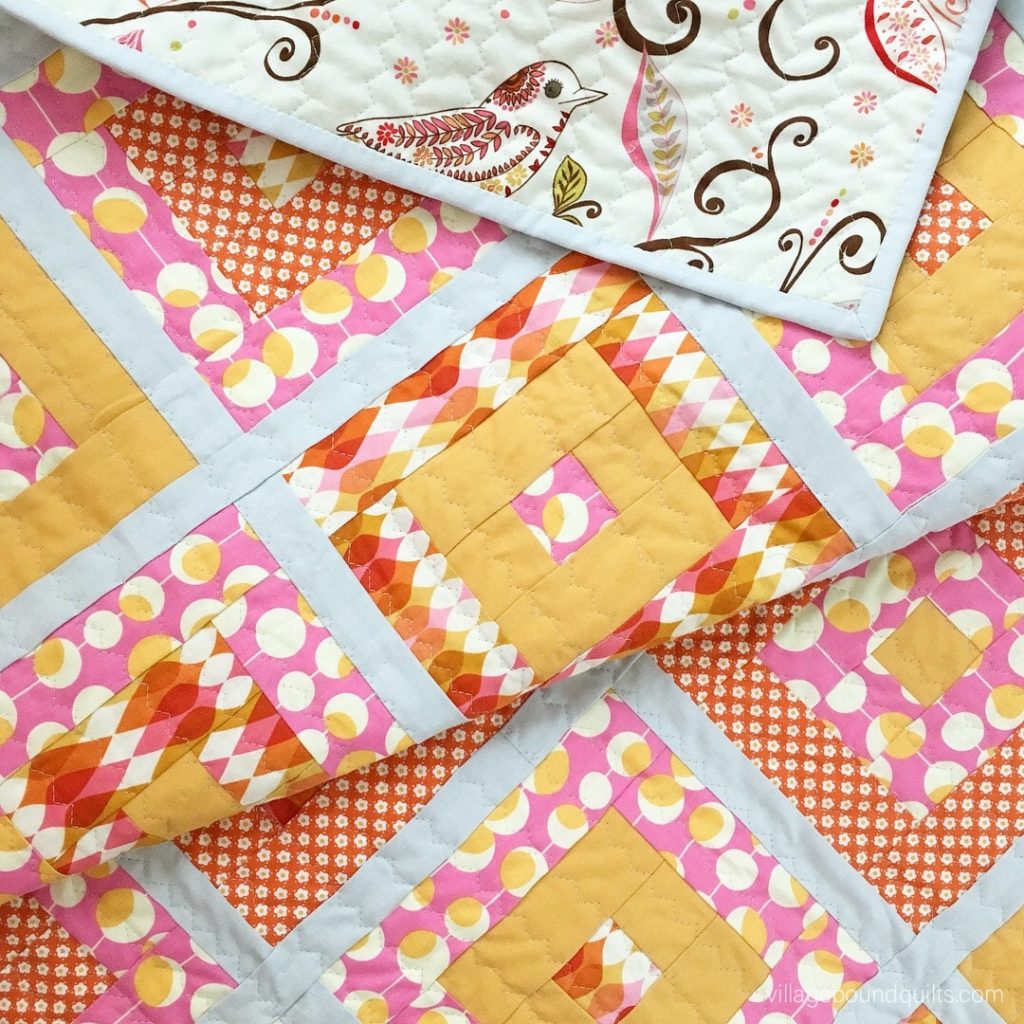
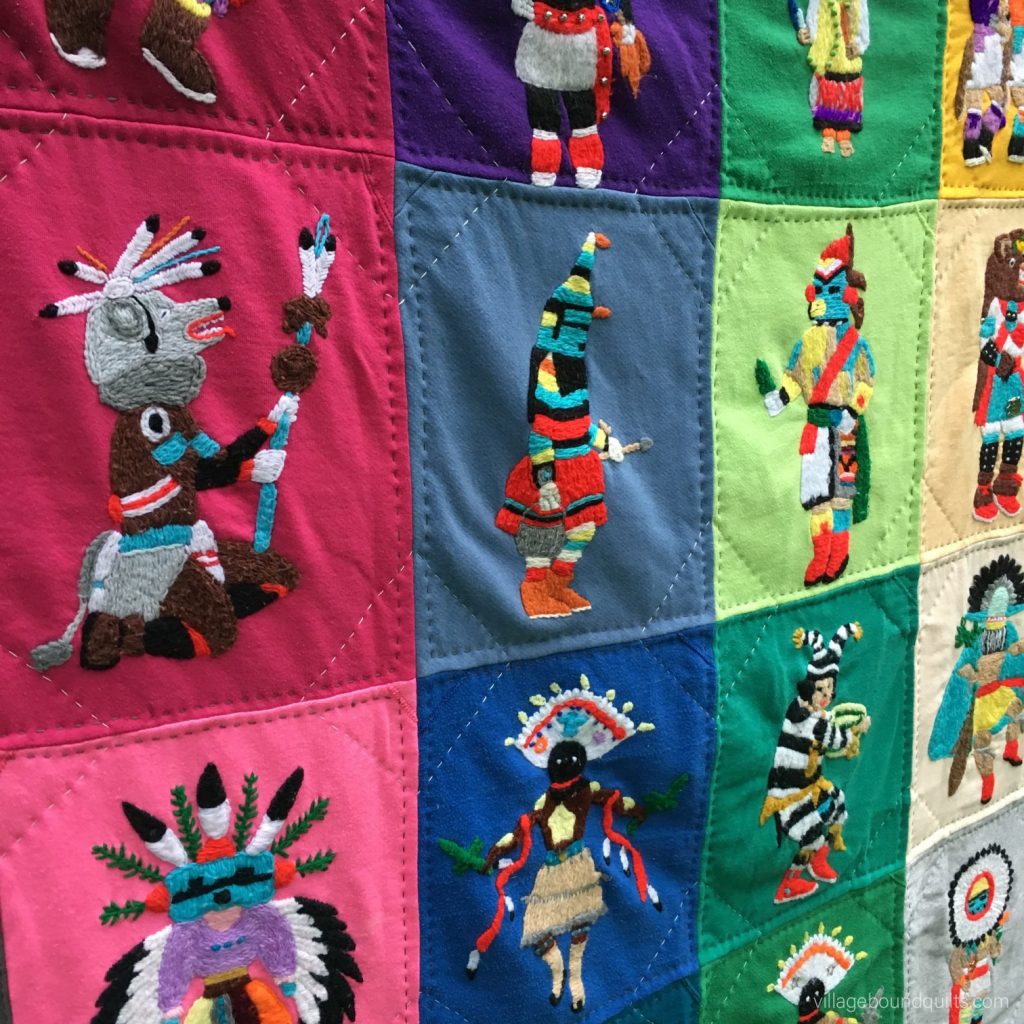
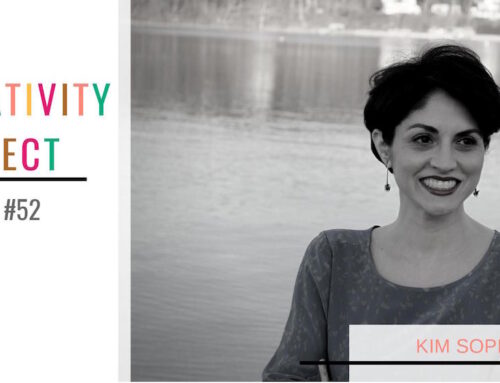
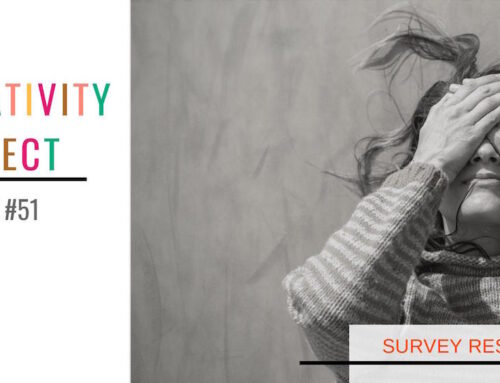
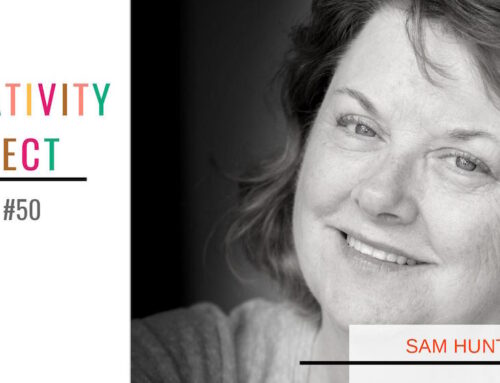
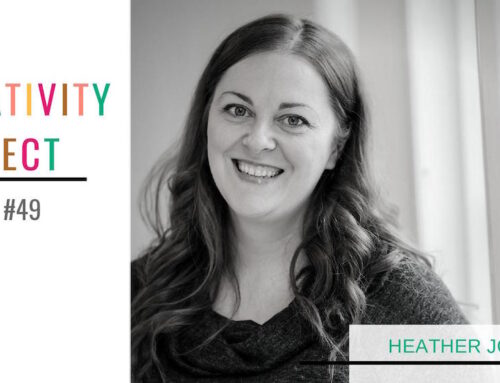
“Be yourself, do good work, share it with others, and whatever happens will happen in time. If it makes me feel good, that’s what matters most.” Lovely interview again! I am thoroughly enjoying this series.
What a thought provoking and inspirational interview! So glad you created this series, Kim!
This series is so wonderful Kim. I’m really enjoying reading about the different quilters and seeing there beautiful work
There is so much depth in each of these interviews. I’ve loved reading each of them. It’s great to get to know more about you, Tiffany. Can’t wait to see the dent you make in the Universe.